At 10:16 am on Wednesday, July 20, the turtle «Salina» left the tank where it had been transported, aboard the NRP Cassiopeia, up to 11 miles from the coast, facing Faro, swam just over a meter and dove.
The moment, underlined by applause from the multidisciplinary team of its zookeepers and sailors, marked the return to nature of yet another loggerhead turtle (of the species Caretta caretta), after thirteen long months recovering from various ailments at Porto d'Abrigo – Zoomarine's Marine Species Rehabilitation Center.
Attached to the shell, the «Salina» – which must even be a «Saline», as will be seen later on – carried a piece of equipment (KiwiSat Argos) that, if everything goes according to plan, will allow to monitor, over the next 425 days, its progression through the seas of this planet.
“We programmed the battery, so that during the first few weeks we would have data very often. Then, as the animal progresses, the data is no longer every three or four minutes, but every 15 minutes, every hour and so on», explained Élio Vicente, marine biologist and director of Conservation at Zoomarine. , in an interview, on board, at the Sul Informação.
Thus, he added, "in the first weeks we will have a lot of data intensity, because if the turtle doesn't adapt to the natural environment, we will have to try to rescue it again".
The battery life is «around 425 days, but it should last a few more weeks», expects the biologist.
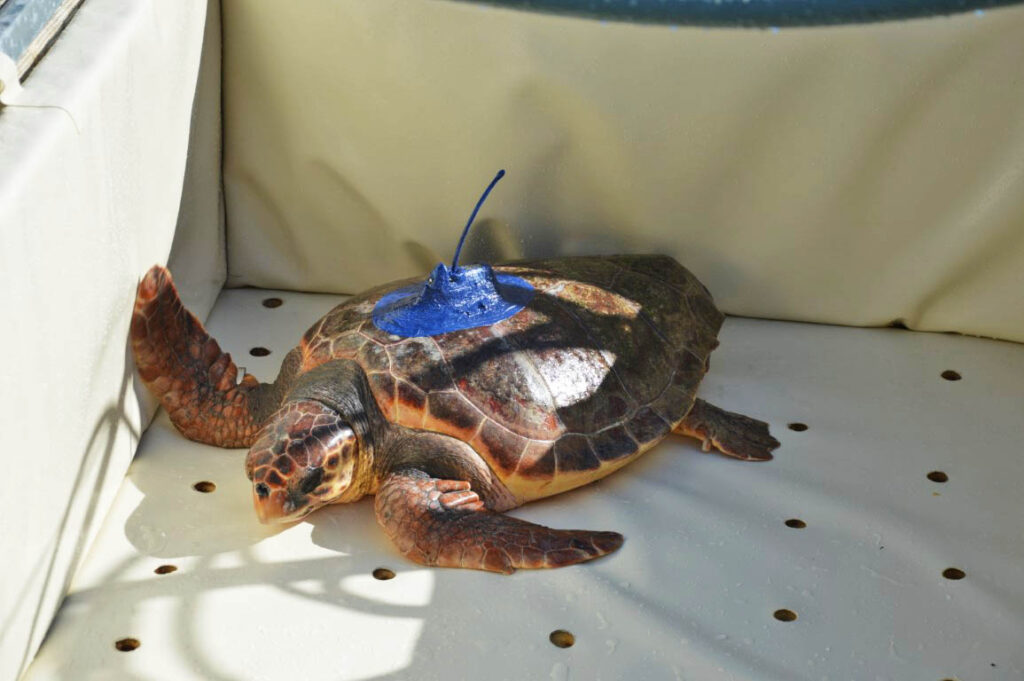
The equipment, this one, was carefully attached to the shell, using epoxy, fiberglass and a kind of plastina, all painted with a paint that prevents algae from clinging. In the end, when the battery no longer has charge and as the shell grows, the equipment will fall of its own accord.
The turtle also has “two titanium rings that identify it, so that, if it is seen on a beach, or appears dashing, alive or dead, a person who has no experience will immediately realize that the animal has already had contact with humans. But it also carries a microchip, like our dogs and cats. All this will help any researcher who comes into contact with this animal», adds Élio Vicente.
The data that the equipment transmits by satellite (and that can be followed here) will be very useful to scientists. This data will allow, for example, “to know where the turtle is going, how fast it is going, if it is in warmer or colder waters”, he explains. »This is a way for us to contribute to science», he guarantees.
«The sea turtles, all of them, are threatened with extinction and all this knowledge will allow us to know more about their breeding and distribution areas, to further support the preservation of these species that are fundamental for the balance of the oceans and that , due to our carelessness, irresponsibility and greed, in recent decades have been greatly decimated. Unfortunately, we have reached a point where an individual can make a difference, in the medium and long term, in a population”.
Even more if, as everything indicates, this individual is a male. This is because, as Élio Vicente explained, «the incubation temperature of the eggs defines whether it is male or female». Now, “with climate change and rising temperatures, more and more females are being born, which, from the point of view of a population, in the long term, is a disgrace”.
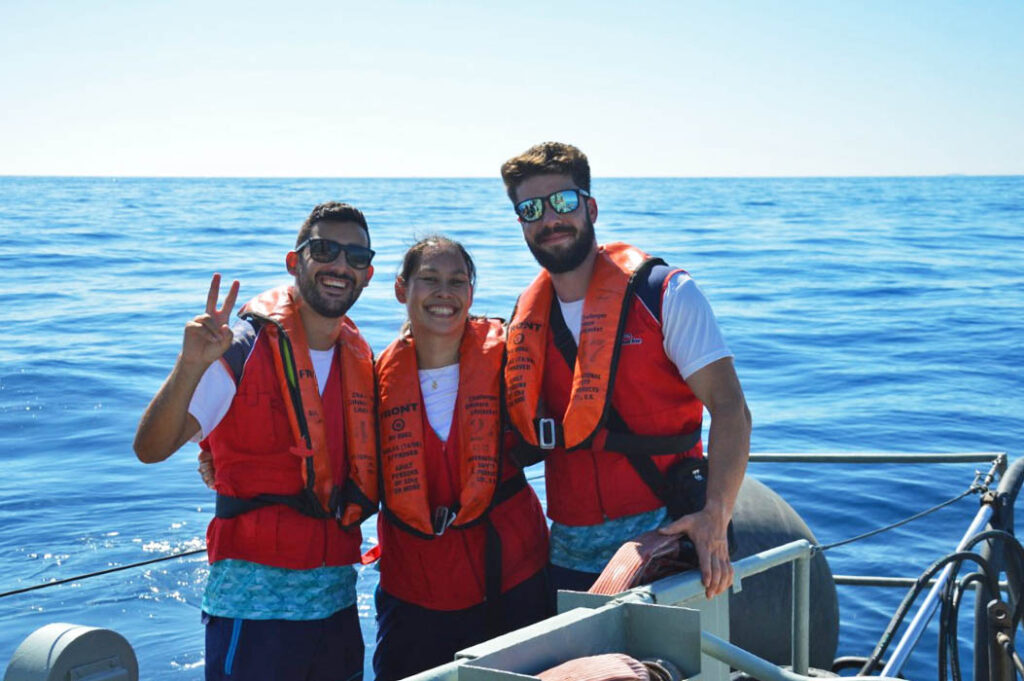
Antonieta Nunes, veterinary nurse and technician at the Rehabilitation Center, adds one more reason why this return to nature, with the transmitter, is important.
«Over these last few weeks, we realized that, almost certainly, it is a male», due to the growth of the tail of (actually, of) «Salina».
«Most of the animals with a transmitter are females that go to spawn on the beaches, only in these cases can we place a transmitter in a male, generating data that is always interesting for the scientific community», said Antonieta Nunes to Sul Informação.
The veterinary nurse has been working for 14 years at Zoomarine, in whose Rehabilitation Center she has “to do a little bit of everything, not only be a veterinary nurse for the animals, but also do everything that involves managing the tanks where they stay: maintenance of swimming pools , food preparation, habitat cleaning».
And what was the feeling when, after months of work, another animal was returned to the wild? “It's the best of them all! Sense of achievement! The objective of the Rehabilitation Center is always rescue, rehabilitation and return to the wild, and when we reach this stage, we know it was worth it!», exclaims Antonieta Nunes enthusiastically.
See the moment of release here:
But don't think that this loggerhead turtle's recovery story was an easy one. It all started in June 2021, in Azinhal, near the banks of the Guadiana River, when a fisherman saved a turtle from drowning. Élio Vicente explains that the animal would have gone up the river after the jellyfish (or jellyfish), which are plentiful there and are, for the turtle, a snack.
And because there was a risk that she would develop aspiration pneumonia (because she got caught in the nets and could have inadvertently inhaled water), this fisherman, Ricardo Gonçalves, did not immediately return her to the water, but asked the team of specialists from Porto d 'Zoomarine shelter to collect it for observation, treatment and subsequent return to the wild.
At the Rehabilitation Center, the process was “different from others”, recalls Antonieta Nunes. “The turtle had a hook in its stomach, but even before we tried to remove it, it had very severe anemia, so much so that, if it had been a mammal, it might not have survived. But, being a reptile, they are more resistant and she endured. We had to reverse this situation first and only then did we try to remove the hook».
An X-ray detected the hook stuck almost at the entrance to this turtle's stomach. Several attempts made by Dr. José Sampayo, an international specialist in zoological endoscopy, proved unsuccessful in safely removing it. However, «as the event is already old and the hook is completely wrapped in fabric, it was assumed that it does not represent a danger and that, with time, it will disintegrate», explained Élio Vicente.
During the thirteen months of rehabilitation, the turtle even gained weight and grew: it had arrived with 63 centimeters and 38,7 kilograms, but returned to its larger habitat (67 cm) and much heavier (51,8 kg).
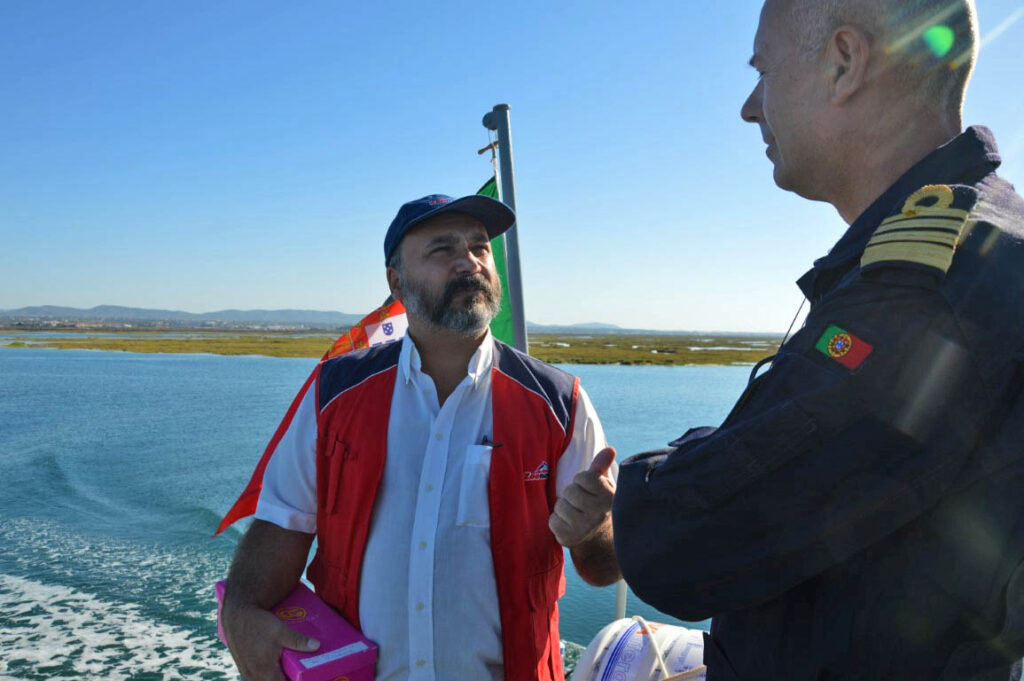
And after having plunged into the sea it was barely released, about 11 miles south of Faro, where will the tortoise go now?
Élio Vicente talks about previous experiences, to try to estimate what will be the journey of/of «Salina». “This is the fifth animal we have released with this satellite connection. The first three went to very different locations, all in the Atlantic. One of them went to the African coast, to the Arguin Park, on the coast of Mauritania. The other went first to Cape Verde, but then went to Cuba and stopped signaling. The third, which only had one front fin, made its way to the coast of Brazil and disappeared. It may have disappeared because the battery ran out, it fell, or because the animal was captured. We do not know. Then we made a return with Quinas, in 2019, which also took a satellite transmitter».
All turtles released into the wild, «when they leave here, they always go south. But we don't know where this one will go, exactly. We don't know if this animal was born on the coasts of the United States, if it was born in the Mediterranean. We took biological samples and, from a genetic point of view, we will be able to understand its origin. If it's a female, it returns to the beach where it was born to later make its postures. If it's a male, you don't know where it will go." Perhaps the data that the satellite transmitter will provide will help to clarify these mysteries of turtle life.
On board the Portuguese Navy launch, following the entire operation with great interest, was Rocha Pacheco, commander of the Southern Maritime Zone. This official recalled that «the Navy has been collaborating for many years with Zoomarine», in operations to return marine animals to nature.
«The Navy and the Maritime Authority, within the scope of their competences, collaborate with the various entities related to the sea and with civil society, with the objective of preserving and conserving nature and biodiversity, ultimately to make the planet more sustainable », he explained in an interview with Sul Informação.
But the Navy's action with regard to environmental issues goes much further, added Commander Rocha Pacheco. It involves «raising awareness among the fishing community regarding the care they must take within the scope of their activity, for the inspection and preservation of the environment, prevention of pollution by hydrocarbons, prevention of environmental criminal activity, such as the harvesting of red coral or elixir. ».
With so many people helping, it is now hoped that the 'Salina' tortoise will be able to adapt well to its return to the wild. And let him start making his journey across the oceans, providing important data to the scientific community over at least a year and two months.
Photos: Elisabete Rodrigues | Sul Informação

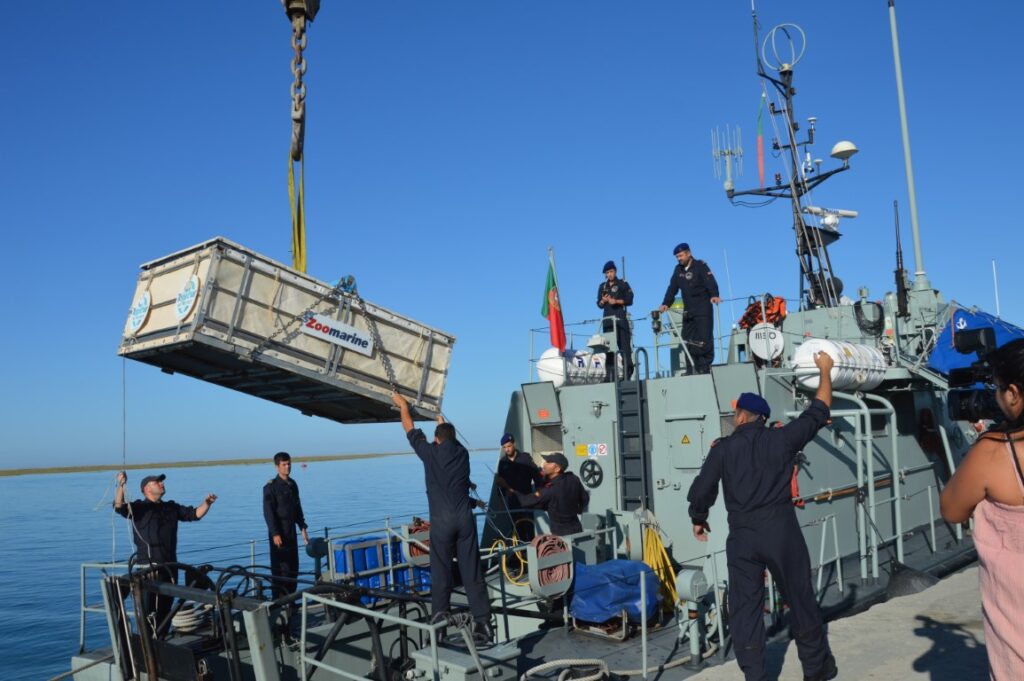
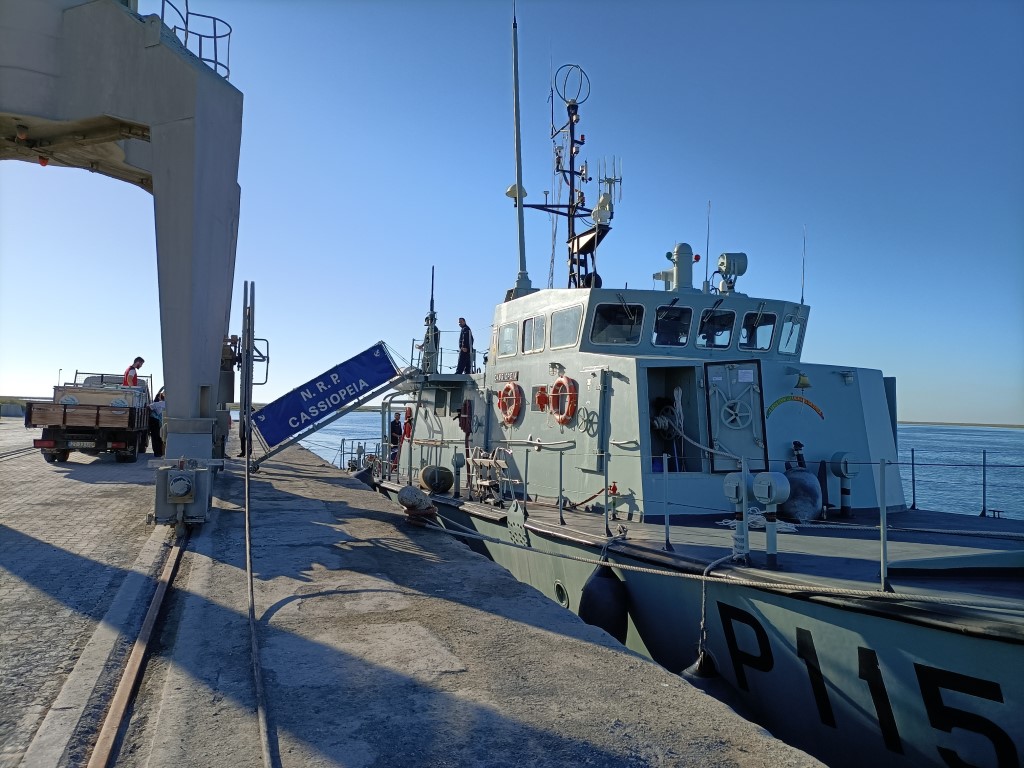
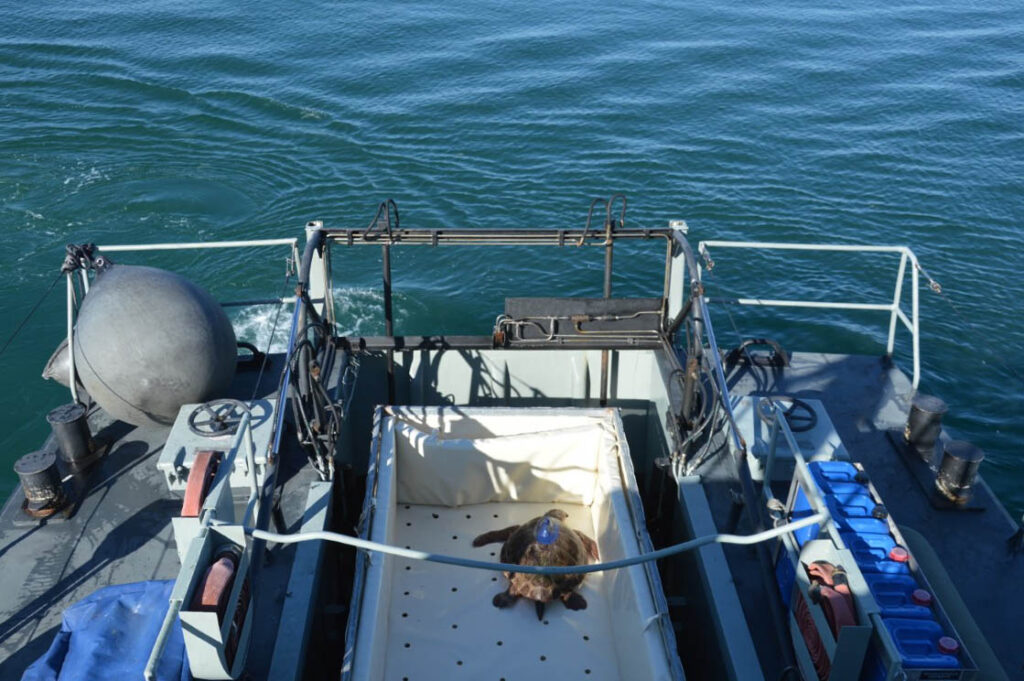
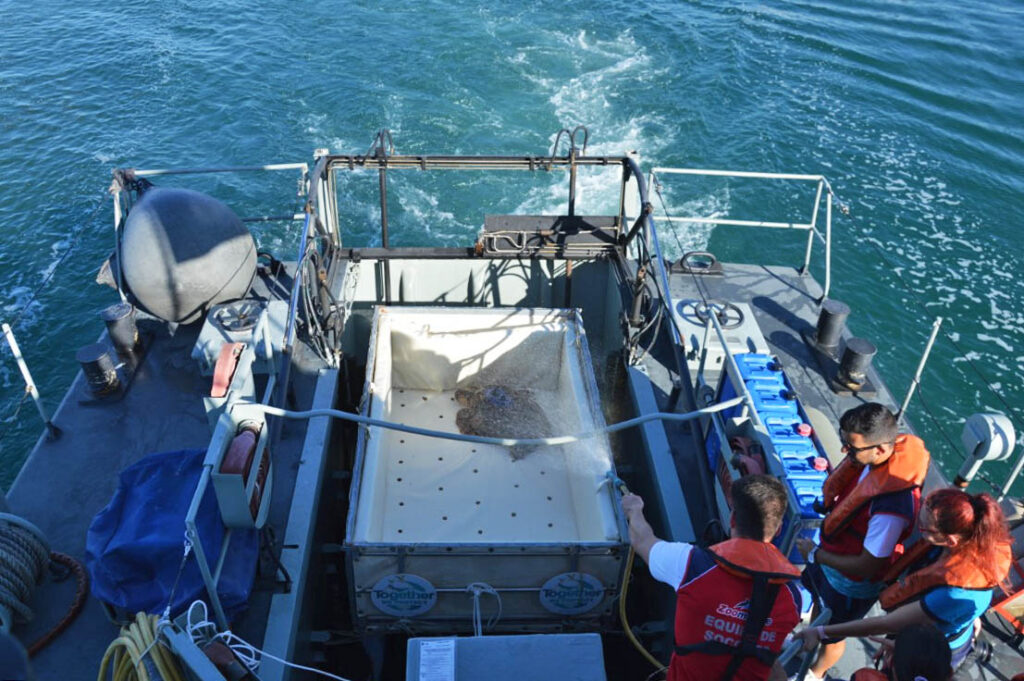
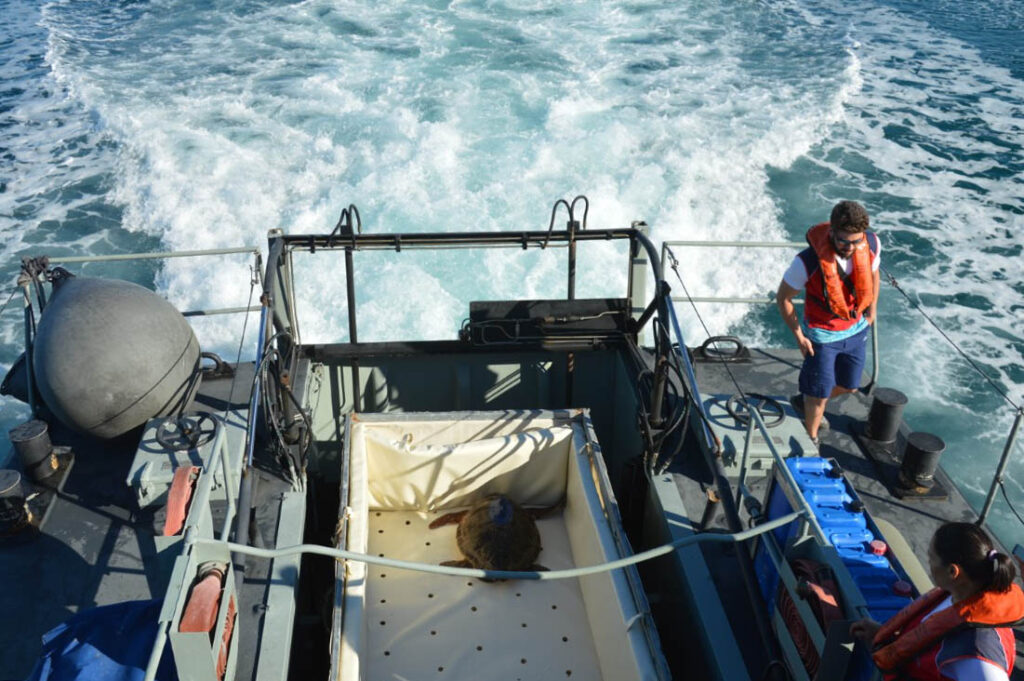
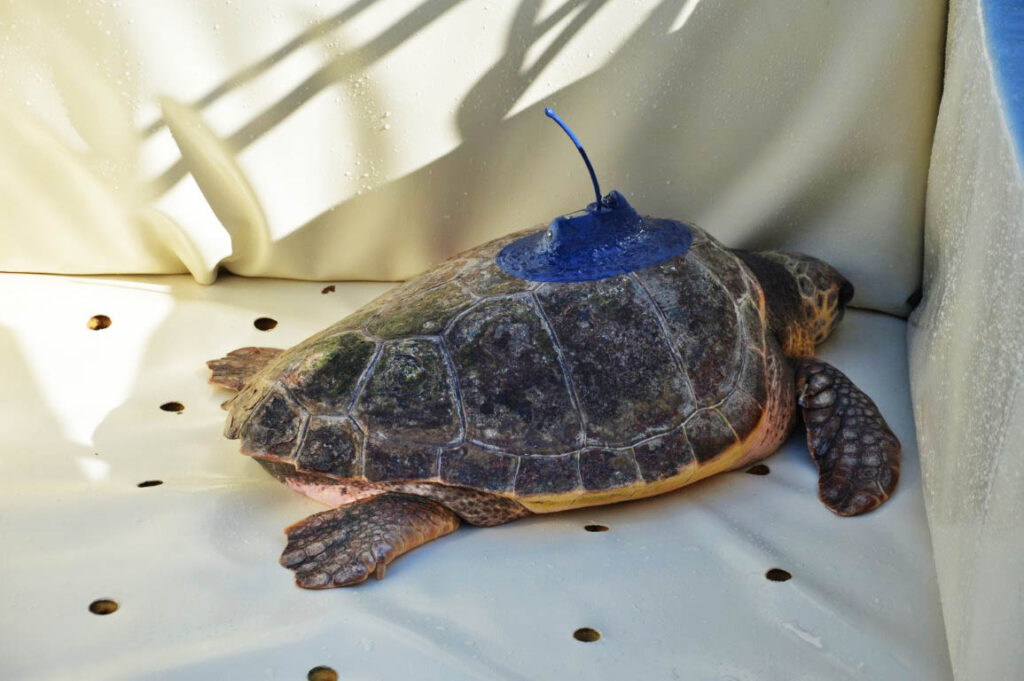
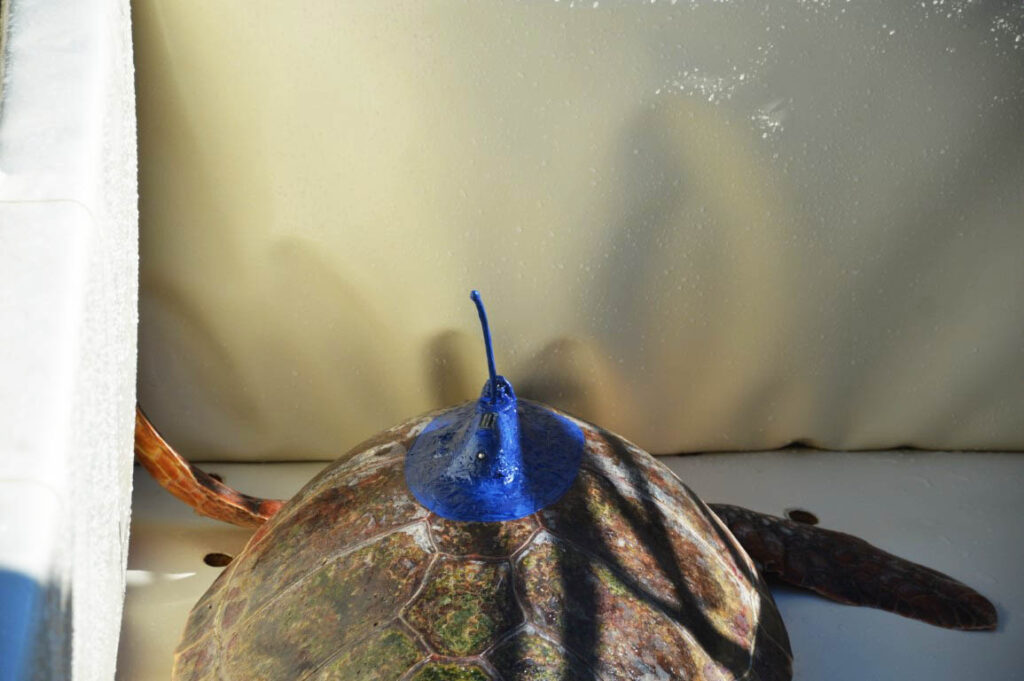
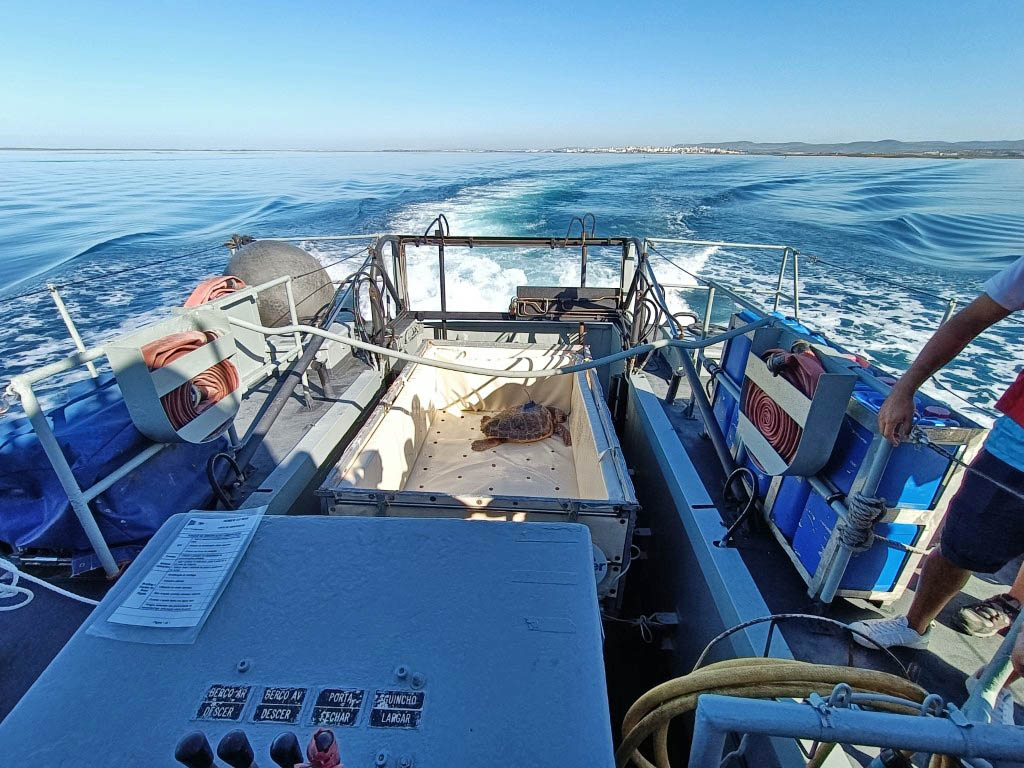
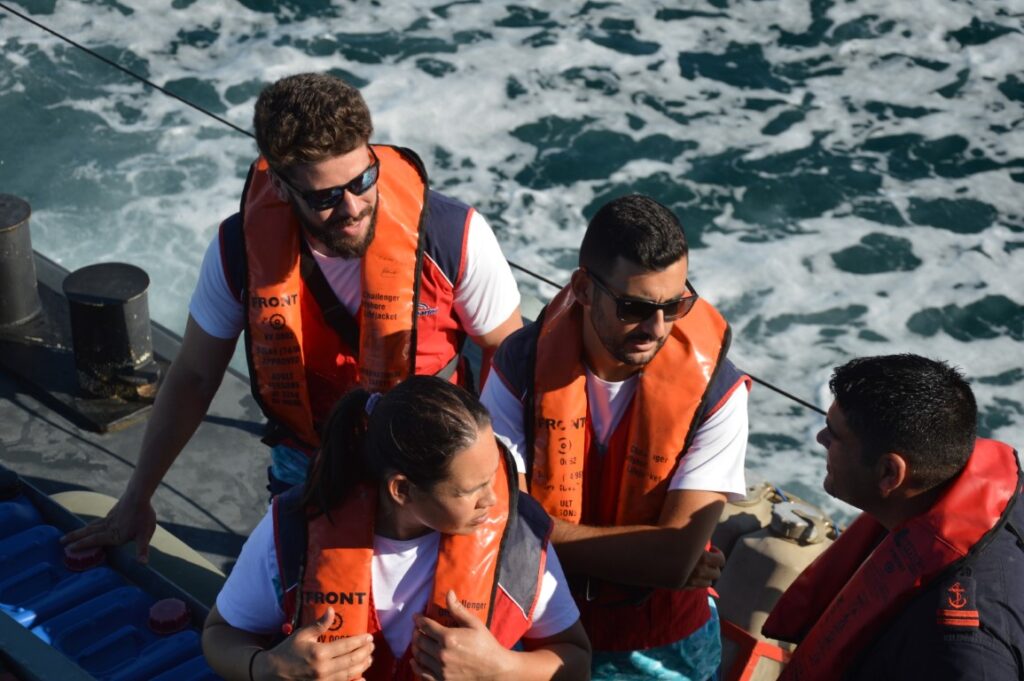
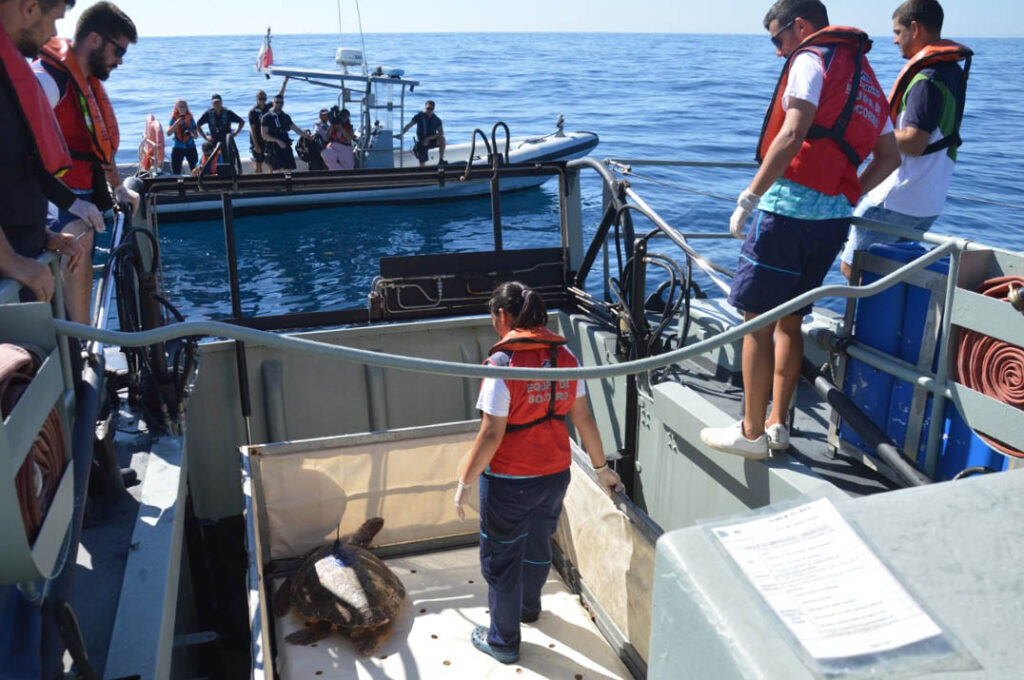
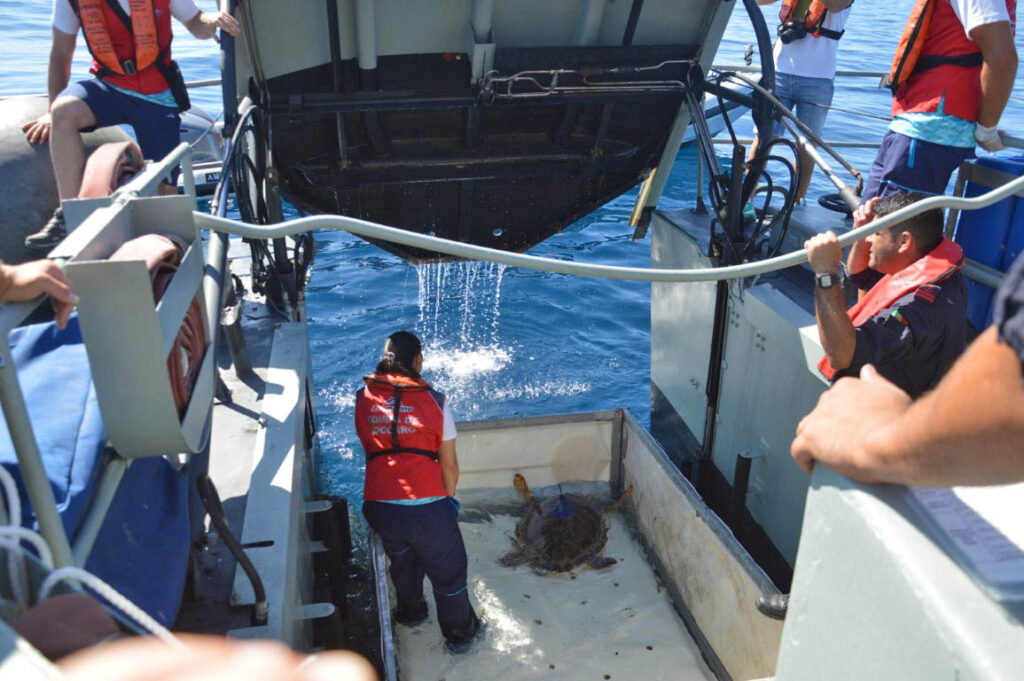

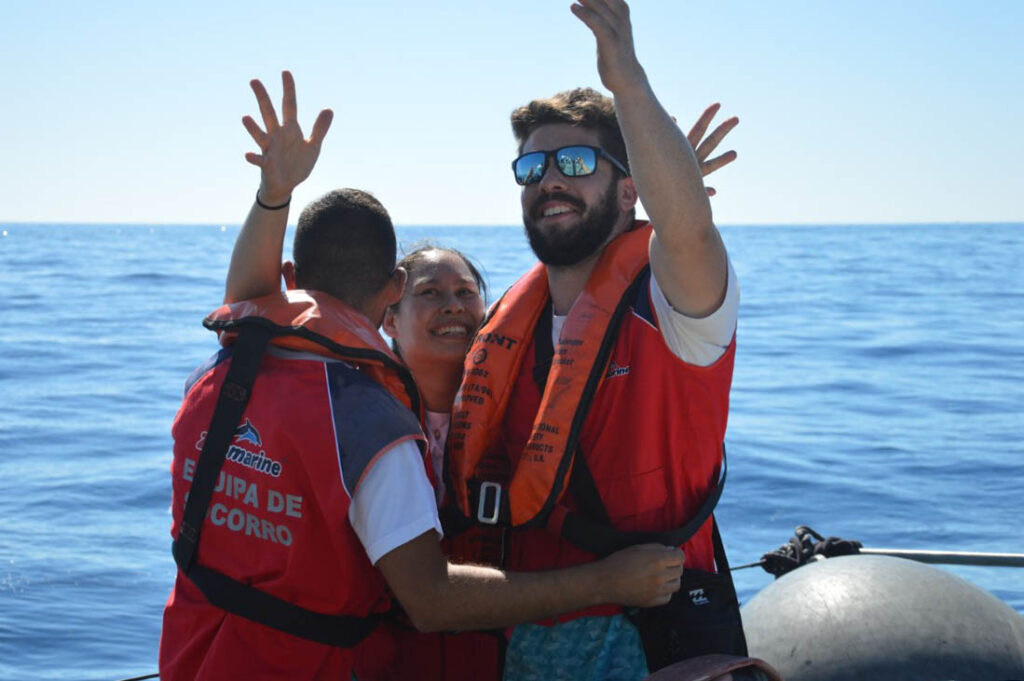
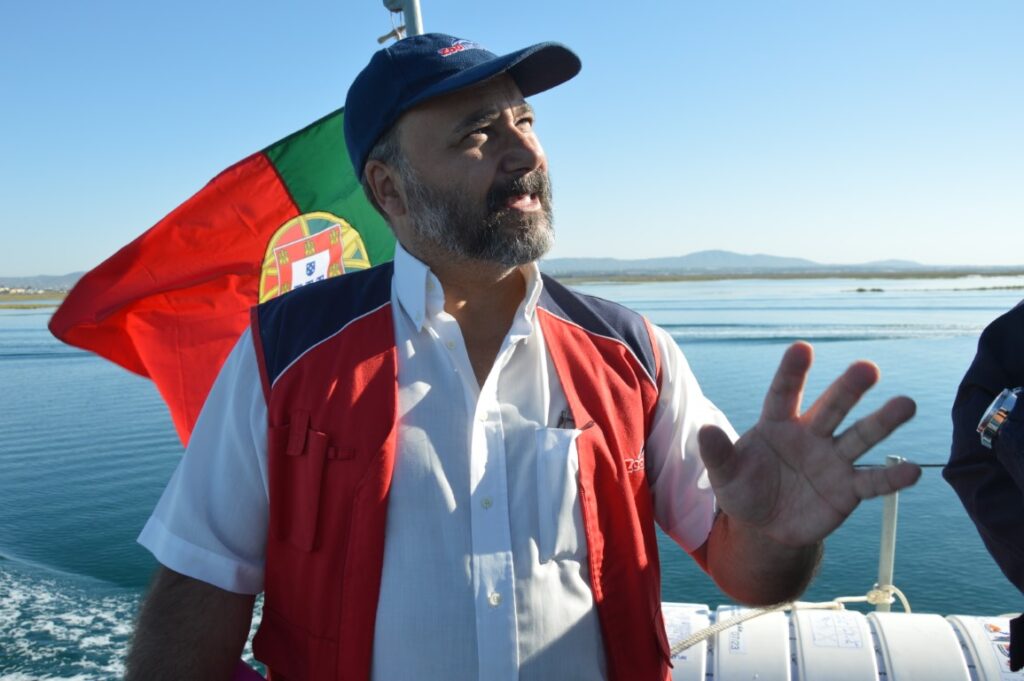
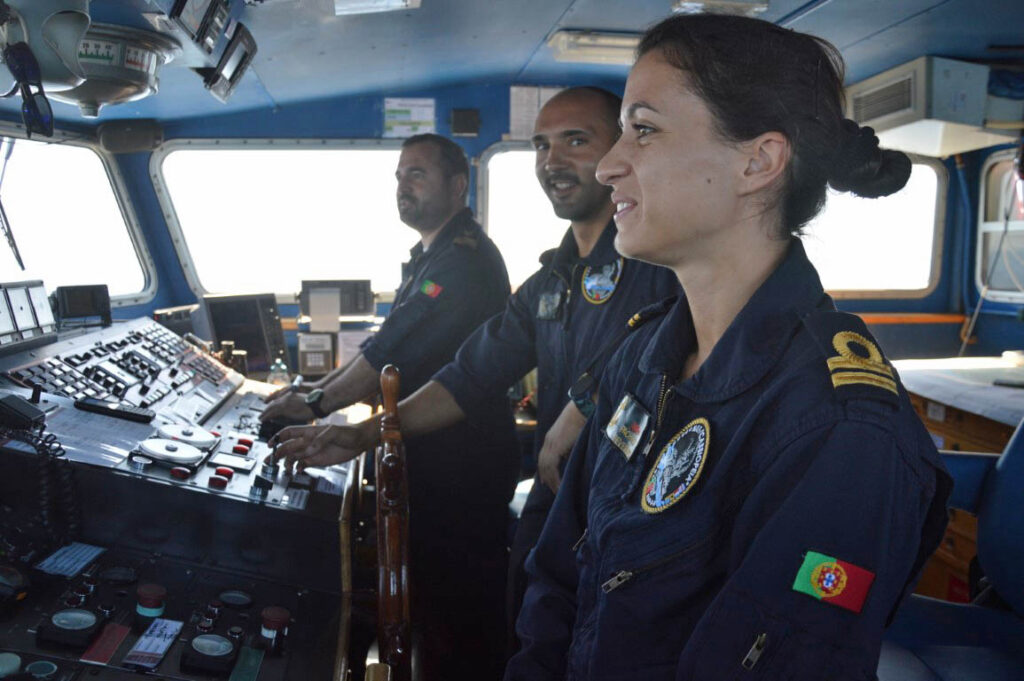



















Comments